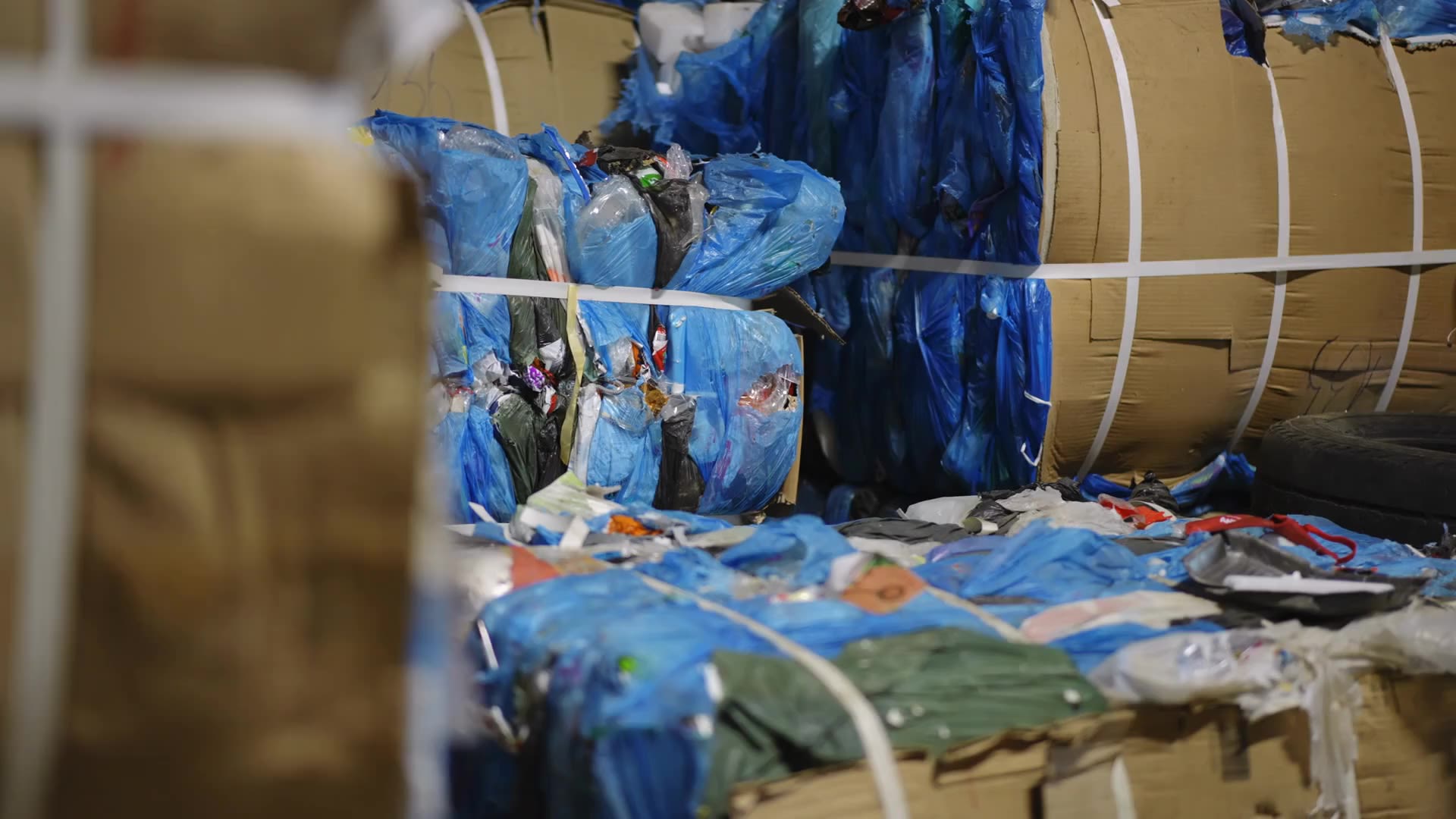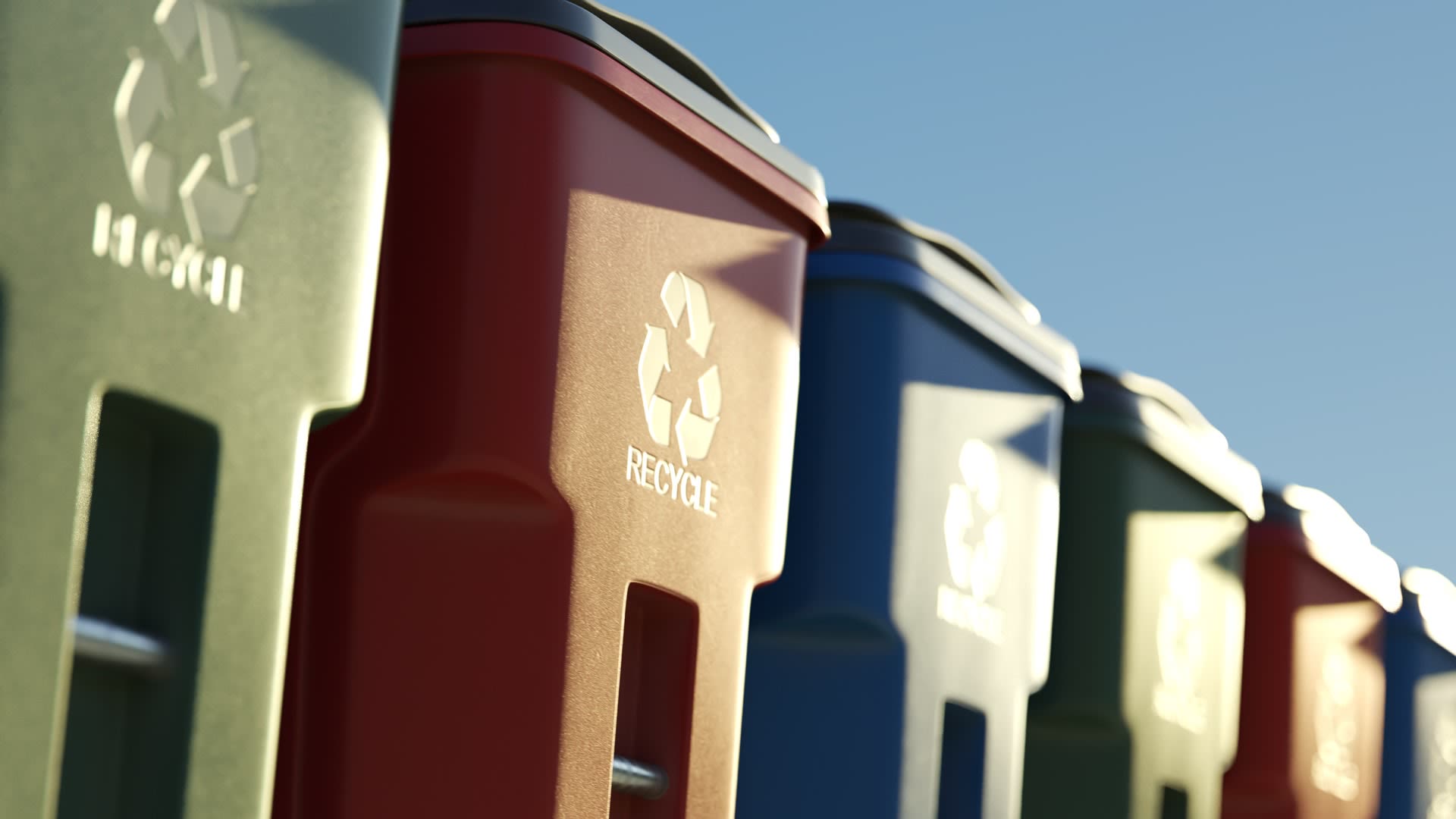Unlocking the potential of recycling in Asia

Solving the challenge of waste management for the circular economy

As the global push for a circular economy accelerates, awareness of the need to tackle waste management in Asia is gaining momentum. According to the United Nations Centre for Regional Development (UNCRD), the Asia-Pacific region generated approximately 870 million tonnes of municipal solid waste in 2014. That figure is projected to increase until 2030, when it could reach 1.4 billion tonnes annually, with virgin plastic consumption continuing to grow at a rapid rate.
While demand for recycled plastics is rising in tandem with population growth and industrial development, progress toward a truly circular economy in Asia remains uneven. Despite increased regulation and investment, a critical gap still remains: inadequate waste infrastructure and insufficient collection incentives for both companies and consumers.
The regulatory backdrop

A rising population, rapid urbanisation, huge fibre industries in China and India, and investment in infrastructure are driving demand for plastics in Asia. The OECD estimates that in India alone, with a current population of 1.4 billion, plastics use will be more than five times higher in 2060 than in 2019.
A major challenge to establishing a circular economy in Asia is the wide disparity in regulatory frameworks relating to sustainability. Nevertheless, since the early 2020s, regulation has become increasingly widespread. Measures introduced include bans on single-use plastics (SUPs), targets for post-consumer recycled content (PCR), deposit return schemes (DRS) and extended producer responsibility (EPR) schemes, whereby responsibility for the end-of-life management of products and packaging, including collection and recycling, is transferred to producers. EPR schemes aim to incentivise producers to design with recyclability in mind and invest in recycling infrastructure.
EPR schemes now exist across the region, including in Japan, Malaysia, South Korea, Taiwan, Vietnam and the Philippines. However, these vary widely in scope and enforceability, and much of the proposed legislation will only come into force fully by 2029. India for example, introduced EPR legislation that impacts producers, importers and brand owners in 2022, and has since passed legislation allowing rPET (recycled polyethylene terephthalate) in food grade packaging from 2025. However, mandatory PCR content in packaging only came into force in early 2024, and the infrastructure for building the capacities to deliver on this mandate, is still being built.
Waste management: the challenge

Waste management is a fundamental element of the recycling ecosystem, yet in Asia, systems vary widely between formal and informal collection. In informal collection systems, plastic waste is collected as a means of generating income, before being diverted to sorting and recycling facilities.
This system tends to dominate in countries such as Indonesia and the Philippines, which comprise multiple small islands, making it far more complex to standardize waste collection and sorting across municipalities than on a single landmass. Equally this system dominates in India, largely owing to its size and the presence of large, sparsely populated areas. Poverty is also a factor, as scavenging offers an income to poorer parts of the population; but this reinforces rudimentary collection methods and poses a significant challenge to the development of scalable waste management systems.
With informal collection systems, collected waste is sorted and cleaned before being passed through as feedstock for recycling. However, generally there is low formal collection coverage to complement this, and a limited range of end-disposal methods, which leaves an opening for leakage/littering. Plastic waste typically ends up being lost from the recycling chain, which challenges the feasibility of recycling projects in such markets due to the lack of available feedstocks to run a plant, either mechanical or chemical, especially at a large scale.
Under the second system, waste collection is almost entirely formal, systematic and usually managed by governments at a municipal and/or local level, as well as within the private sector. This system applies in relatively advanced economies such as Japan, Taiwan and South Korea. Here, most plastic waste is collected and delivered to an end-disposal method or recycled, minimising environmental pollution relatively efficiently.
However, in countries such as Malaysia, Thailand, Indonesia, Taiwan and Japan, despite the recycling sector being broadly well-established, there are only a handful of large-scale players. Many of these operate across the region, especially in countries such as the Philippines and India, where recycling is not clustered into core sites.
Elsewhere, state/pseudo-state players, or conglomerate-associated units play a significant role in sorting and cleaning, for example in South Korea and Vietnam. In South Korea, large corporations dominate this sector, while Vietnam’s state-owned companies play similar roles. Although this ensures price consistency to some extent, the dearth of competition tends to distort pricing for end-users.
Additionally, in some countries previously dominated by small to mid-sized local sorters, major international waste managers have entered the market, disrupting established dynamics. These larger players have begun charging higher prices for raw materials, or undercutting and squeezing out smaller competitors, raising the risk of monopolies or duopolies. In response, local firms are forced to slash prices, often operating at a loss and creating a market that is unsustainable in the long run.
After sorting and cleaning, recycled plastic is typically baled and sent further down the chain within Asia to be processed into flakes. The market’s fragmentation limits economies of scale and likely increases overall costs. This raises a critical question: is this segment of the waste management chain supporting, or hindering recycling efforts?
Plastic waste as recycling feedstock

Economic viability is the key determinant of any investment in recycling. While Asia has ample plastic waste (China alone generated an estimated 25 million metric tons of single-use plastic waste in 20191), this does not equate to widespread availability of feedstock that is suitable for recycling processes, either mechanical or chemical.
Waste that is suitable for mechanical recycling, such as PET (polyethylene terephthalate) bottles or PP (polypropylene) packaging, has a market value. Less recyclable materials however, such as LDPE (low density polyethylene) bags have the potential to become feedstocks for the emerging chemical recycling sector but are less economically viable for mechanical recycling. Often contaminated with other materials and difficult to recycle, there is no end market for the recycled product due to the costs involved, even if there is a technical solution to recycling them, and consequently they are not collected.
The dichotomy for many chemical recycling projects is that they need access to substantial volumes of feedstock in order to be economically viable; but creating a supply chain that can furnish them with regular, consistent quality feedstock is extremely challenging. Ironically, the chemical recycling industry can provide that demand, but the level of supply has yet to emerge.
Current recycling capacity in Asia

Mechanical recycling is well-established throughout Asia, particularly in Northeast Asia and the Indian subcontinent. Current mechanical recycling installed capacity2 is over 18 million tonnes per year, with China accounting for 66% of the total and India around 8%. ICIS expects mechanical recycling production to increase from over 14 million tonnes in 2024 to 34 million tonnes by 20403.
Chemical recycling is a nascent market compared to mechanical. Most of the installed operating capacity is concentrated in Northeast Asia, where the majority of countries have well-structured waste management systems and supporting regulations. Significant investment in chemical recycling capacity has been announced in recent years, but as in other regions, increasing the pace of progress to allow these projects to reach full scale remains challenging.
Chemical producers and refiners are starting to explore collaborations and investments with chemical recycling technologies companies, both as a way to ensure continuity of supply and manage costs, while helping the chemicals industry to work towards its sustainability goals.
How can these challenges be overcome?

There is growing recognition that improving waste infrastructure, in a relatively short timeframe, cannot be achieved without a joined-up approach. Regulation, government and private investment, global subsidies, education and the sharing of expertise will all be essential. Governments across the region are already revising legislation to strengthen current waste infrastructure and introduce new initiatives aimed at improving circularity.
However, in many countries, recycling remains dominated by the private sector, where cost and profitability drive decision-making. While Asian governments are making legislative progress, they are unlikely to reach the level of sophistication seen in Europe in the near term — a significant challenge that may take years to surmount.
But change is not being driven by policy alone. There is real consumer appetite too, particularly among Gen Z and younger generations. Demand for recycled plastics is growing across the globe, creating a major opportunity for Asian recyclers. There are lucrative markets for recycled plastic in the West - in particular for PET pellets for packaging and recycled fibers for textile use - that Asian recyclers and associated companies can play a major role in supplying. Investment in these materials is increasing, and there is a commercial rationale for expanding capacity, streamlining processes, and building a resilient recycling ecosystem. Technological advances will be key to improving the supply chain to meet this rising demand.
Conclusion

Unlocking the potential of recycling in Asia will require a coordinated effort across the entire value chain — from governments, producers, recyclers and consumers alike. While challenges around infrastructure, feedstock quality and regulatory enforcement remain significant, the foundations for growth are being laid through investment, policy development and rising consumer demand.
With the right collaboration, technological innovation and long-term commitment, Asia has the opportunity not only to meet its own circular economy goals but also to become a global leader in the supply of high-quality recycled materials. The next decade will be critical in determining whether Asia can turn its recycling ambitions into a sustainable, scalable reality.
Author:
Corinne de Berry is a Senior Copywriter at ICIS, working across sustainability, chemicals and energy. Her interests span decarbonisation/net zero, recycling and the energy transition.
Related content
Speak with ICIS
If you are interested in learning about how our specialist insight can help you make better business decisions, contact the ICIS team today. Simply complete the form and we will get in touch with you as soon as possible.

